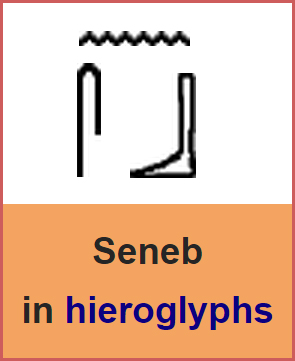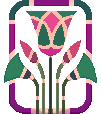
Saturday, April 18, 2015
Cube with Hathor and Sobek
10:58pm
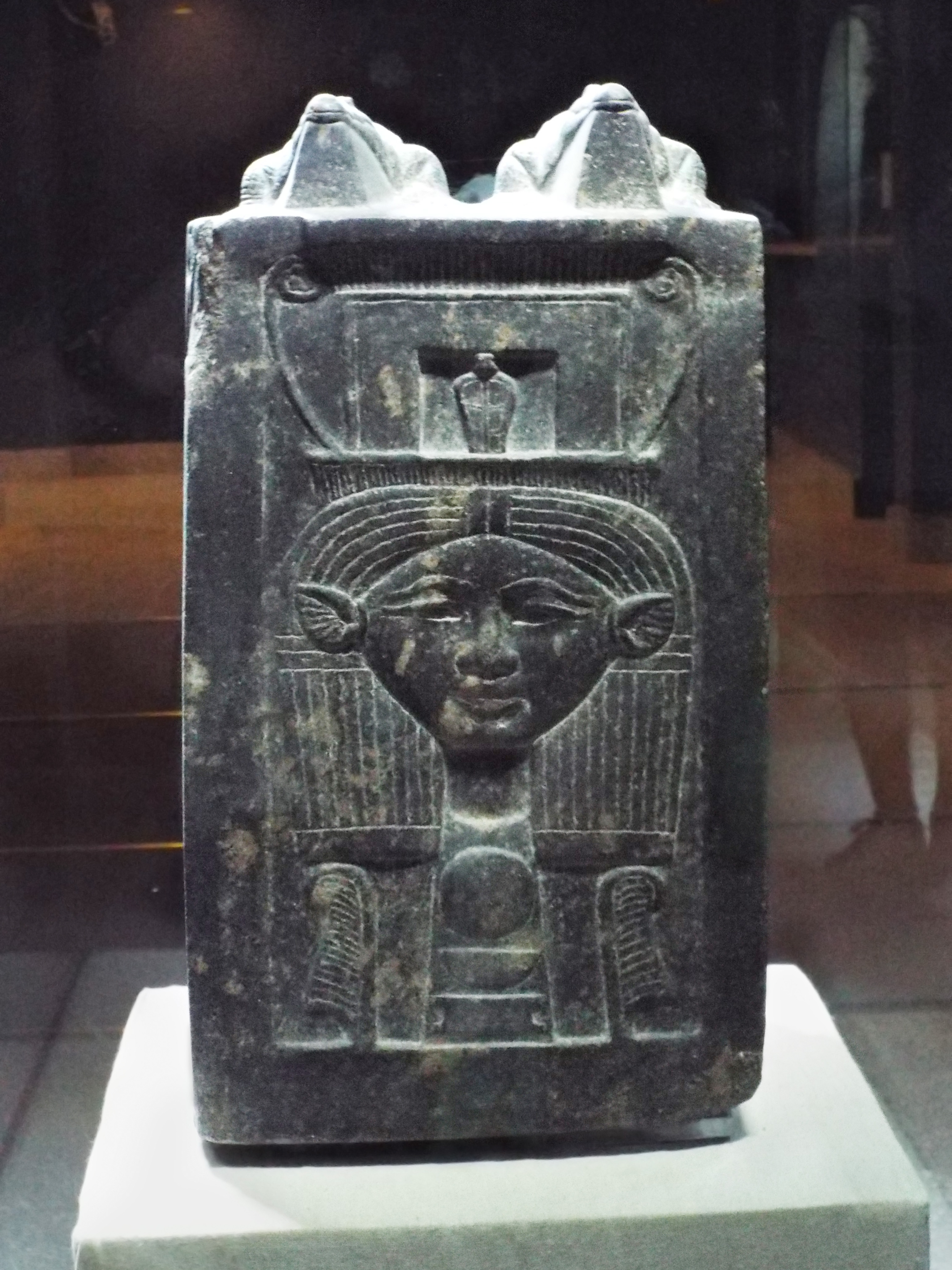 Block with relief of Nebnefer Eighteenth Dynasty, reign of Amenhotep III, 1390-1352 BCE; Granodiorite, height 55.5 cm (21 7/8 in) Discovered in 1987 at the Sobek Temple of Dahamsha Crocodile Museum, #72 Photo by James Whitfield |
The Quest for Immortality: Treasures of Ancient Egypt by Betsy Morrell Bryan and Erik Hornung gives "Luxor Museum J 136" as the museum source, BUT since 2002, when that book was published, a new museum has been established in Kom Ombo, simply called the "Crocodile Museum".
The front view of the cube has a Hathor sistrum and below that, a rebus which means "Beloved of Nebmaatre" (Amenhotep III).
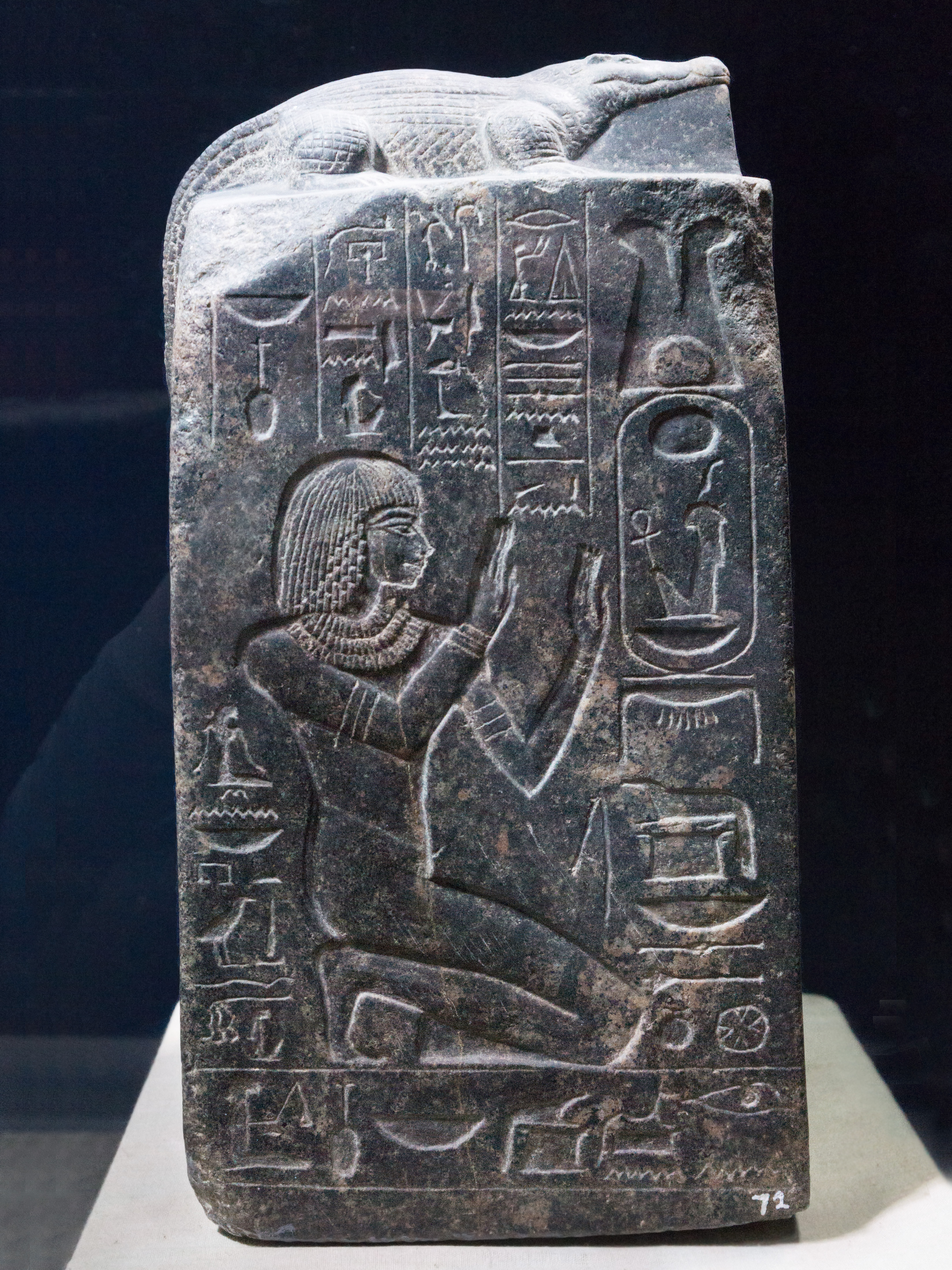 Adapted from a photo by Fanny Schertzer, who gives "Creative Commons" |
On this side, Nebnefer is shown giving dua to the cartouche of Nebmaatre (Amenhotep III). It was translated by Richard Jasnow, "'Giving praise to the Lord of the Two Lands; kissing the earth for the Ruler of Thebes by the priest, overseer of the treasury of Amun, Nebnefer.' Behind Nebnefer, 'Born to the mistress of the house, Djuf.' Horizontal line at the bottom of [this] side: 'Made by the master of the secrets of Sobek, Nebnefer.'" (Quest for Immortality, page 185)
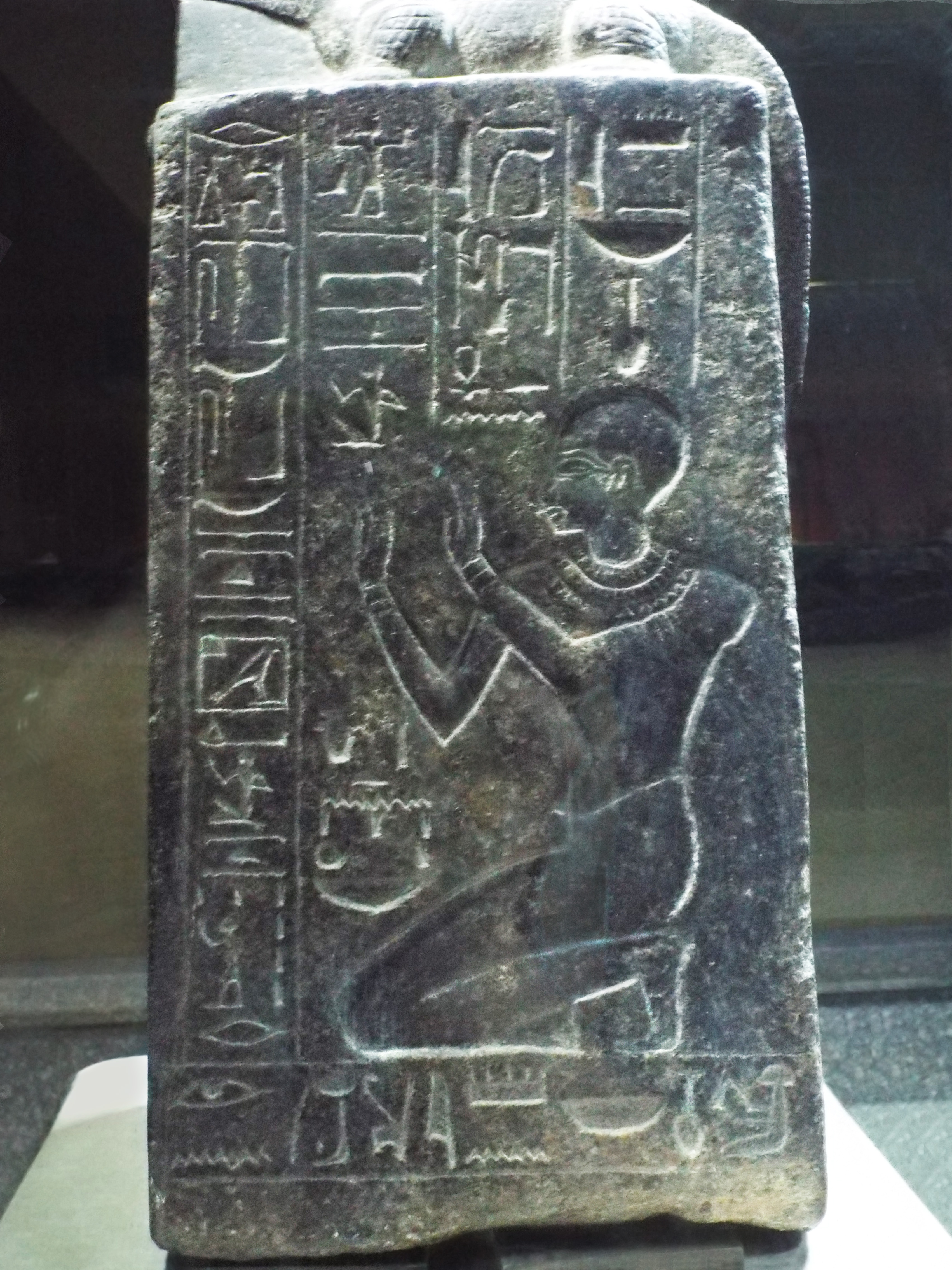 Photo by James Whitfield |
"The vertical lines on [this] side may be rendered: 'Giving praise to Sobek Sobek (sic). Kissing the earth for Hathor. I have given you adoration to the height of heaven, while I cause your hearts to be satisfied every day, by the priest, royal scribe and divine sealer of Amun, Nebnefer.' Beneath this is a horizontal band of hieroglyphs: 'Made by the priest of Amun, Nebnefer'."(QfI, page 185)
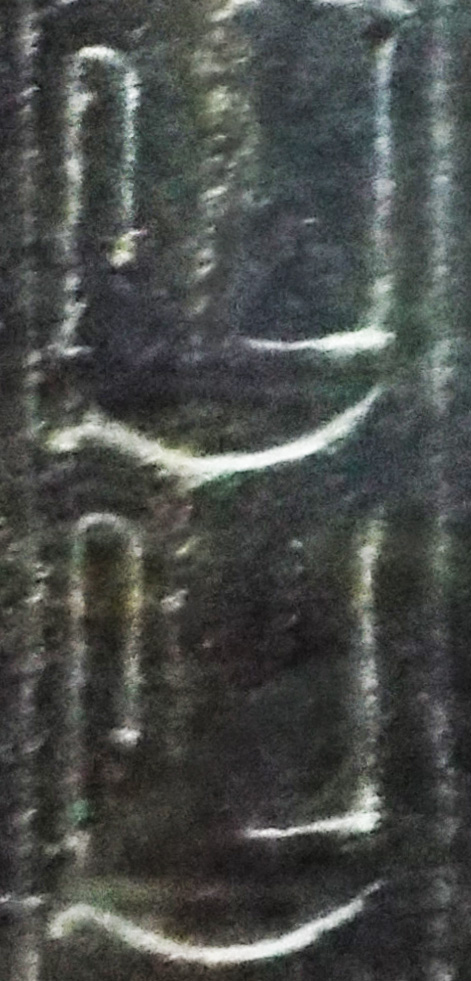
Here we see the repeated "Sobek Sobek".
At first, I thought those glyphs were "Seneb, Seneb" (Health, health), using the "Neb" glyph, but that's not the way "seneb" is written. Furthermore, those aren't 'neb' glyphs, for the bowls have a handle on them, representing the consonant "k".
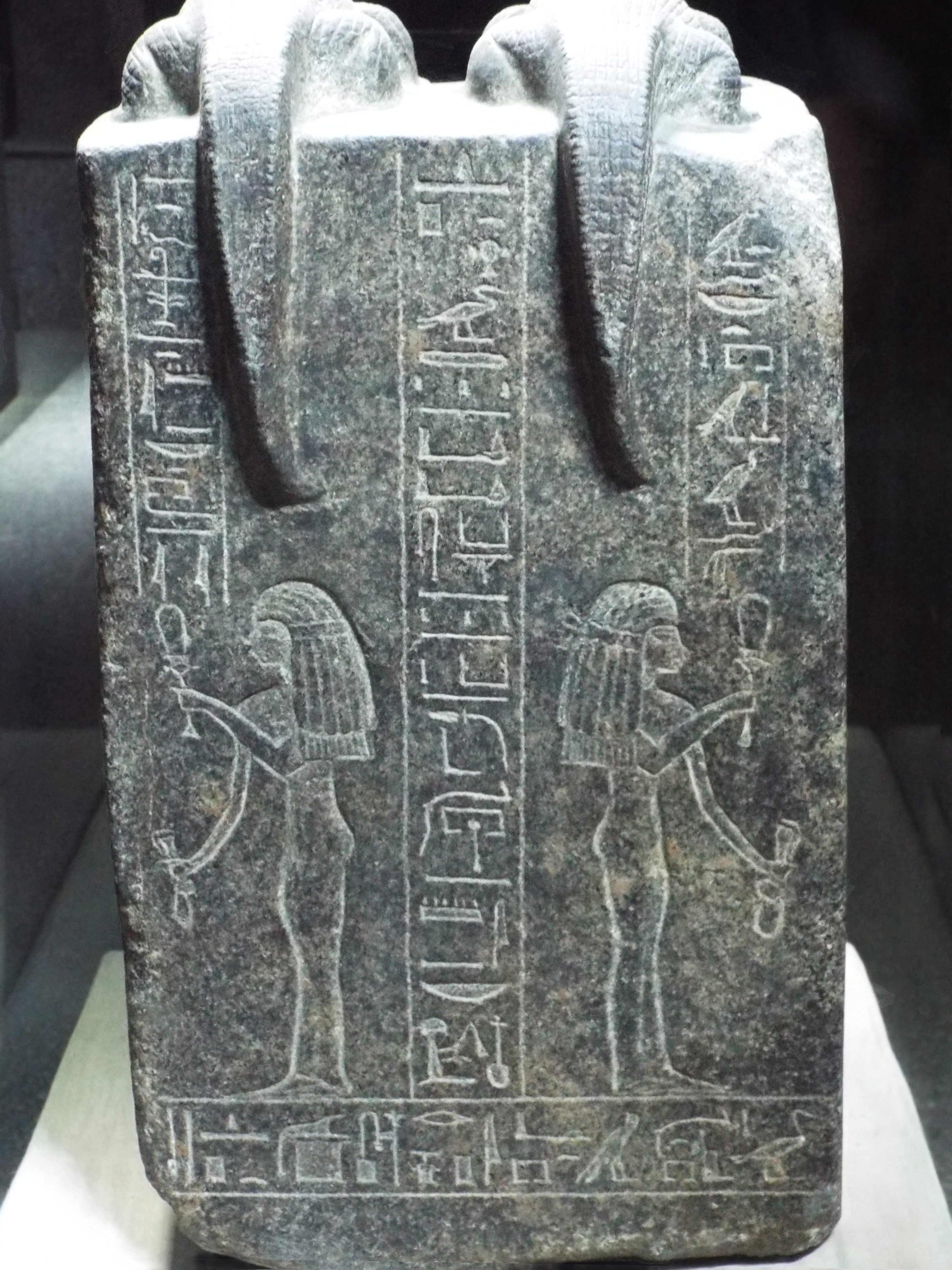 Photo by James Whitfield |
"In the back, the vertical column in the middle runs: 'Offerings and provisions which their ka gives to the ka of the priest, overseer of the treasury of Amun, Nebnefer.' Above the female figure with the menat and sistrum on the right: 'His mother, the mistress of the house, Djuf.' Above the female figure with the menat and sistrum on the left: 'His sister, the chantress of Amun and mistress of the house, Huy.' Beneath the two women [] is a horizontal line: 'Son of the overseer of the wine storeroom and scribe, Sobekhotep, justified of voice.'" (QfI, page 185)
(Addition of June 15, 2015)
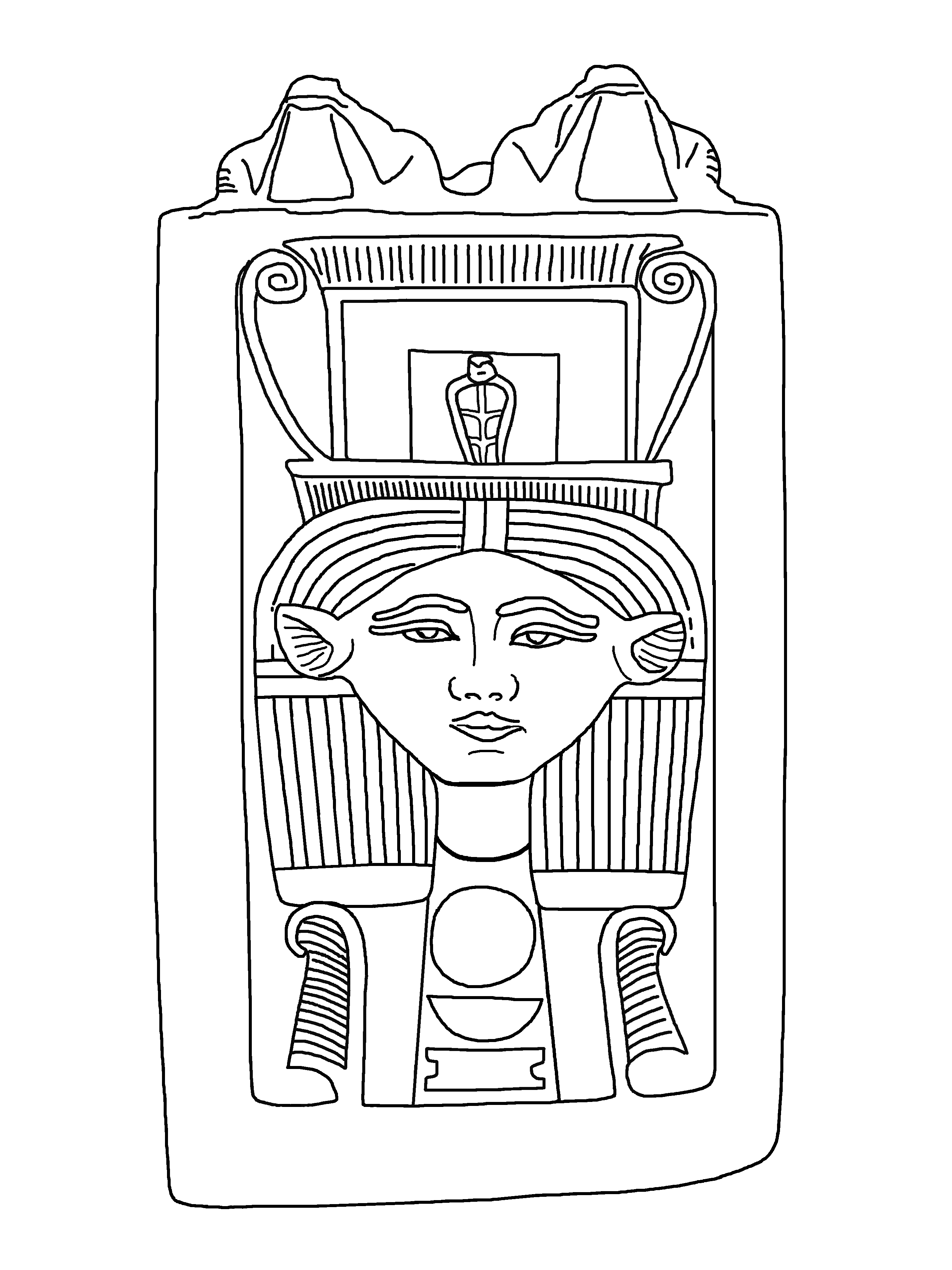 Trace I made of the Hathor sistrum side, with its rebus, "Beloved of Nebmaatre" (Printable version available) |
